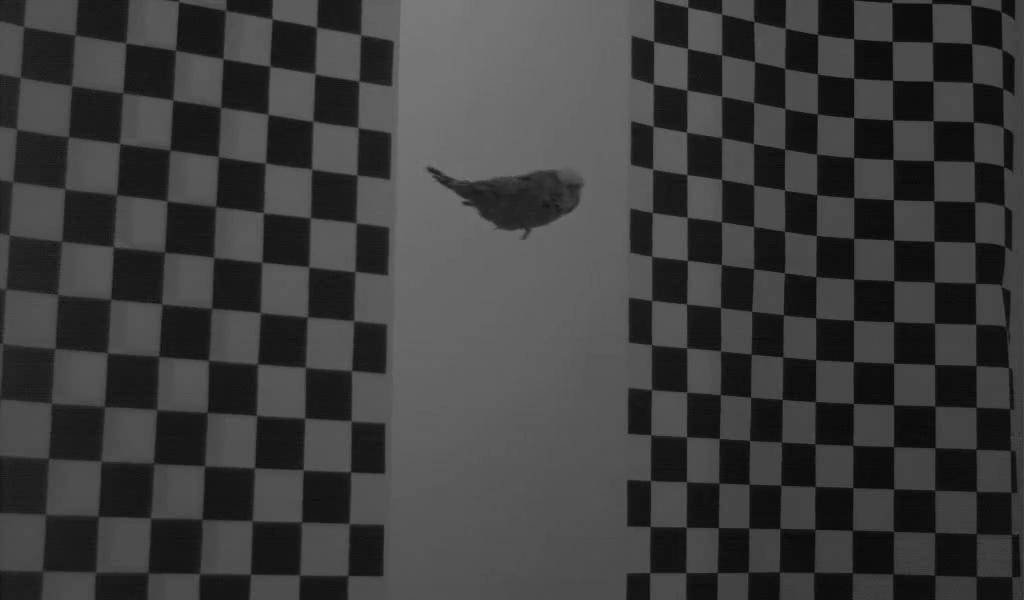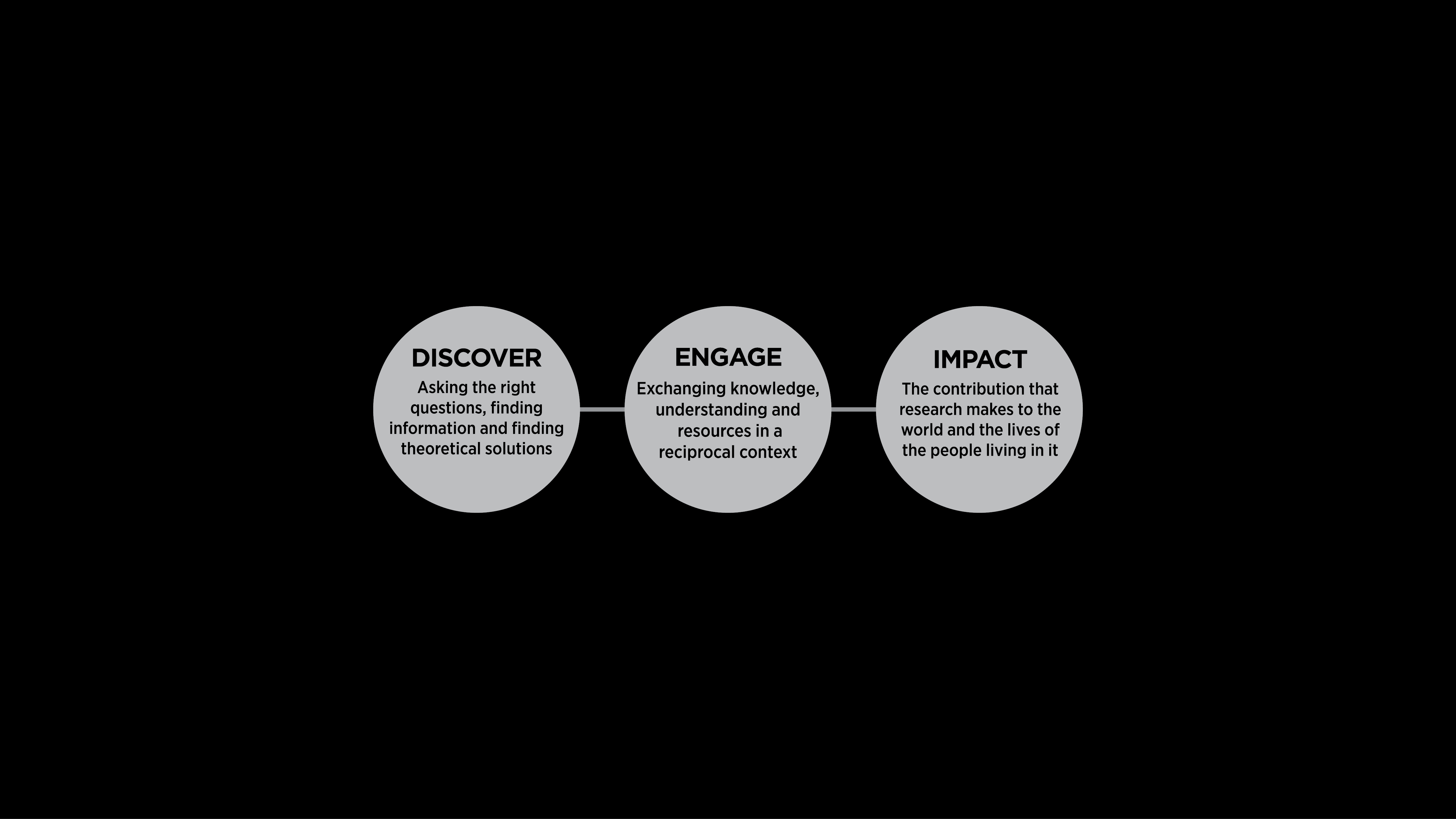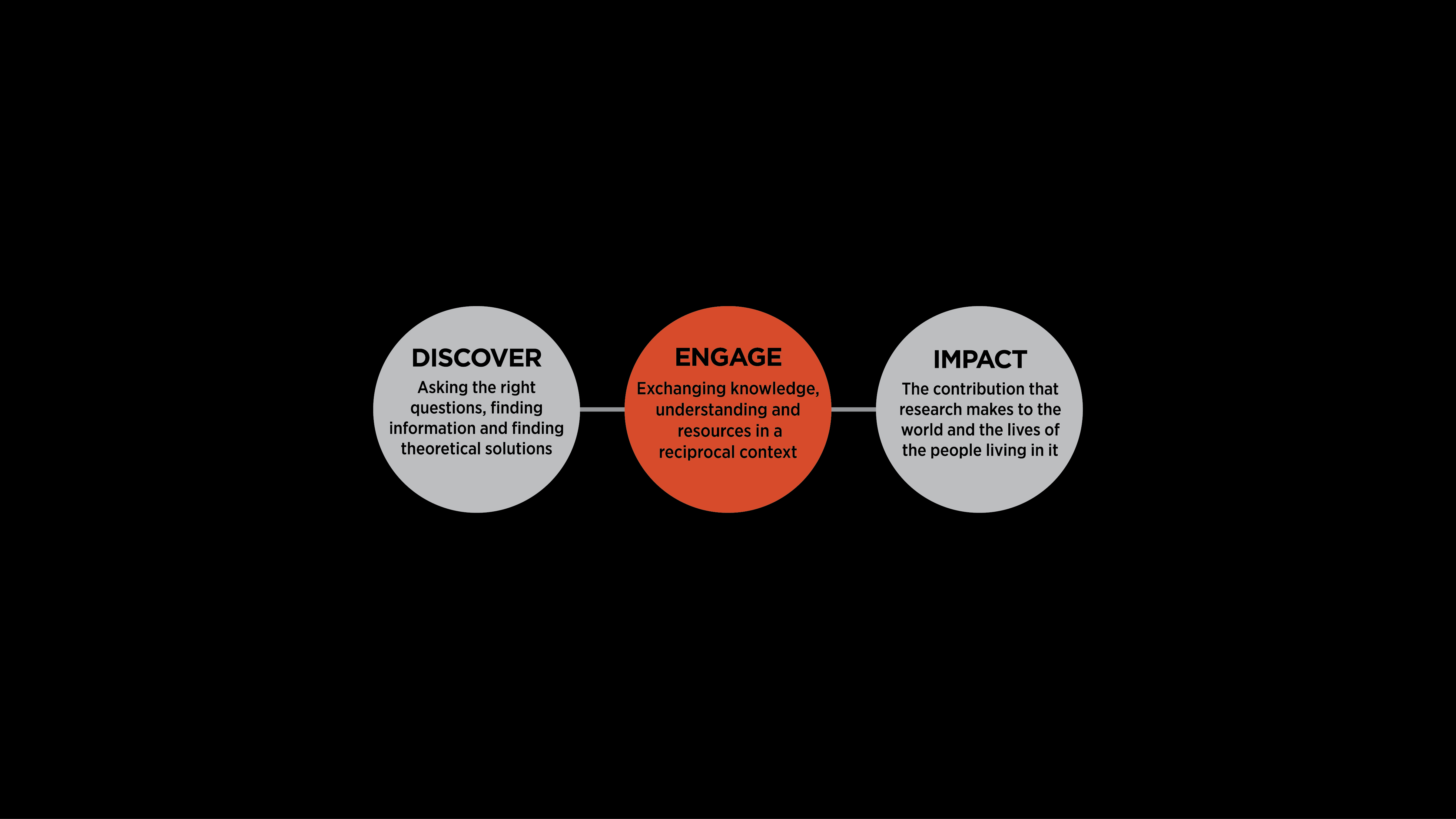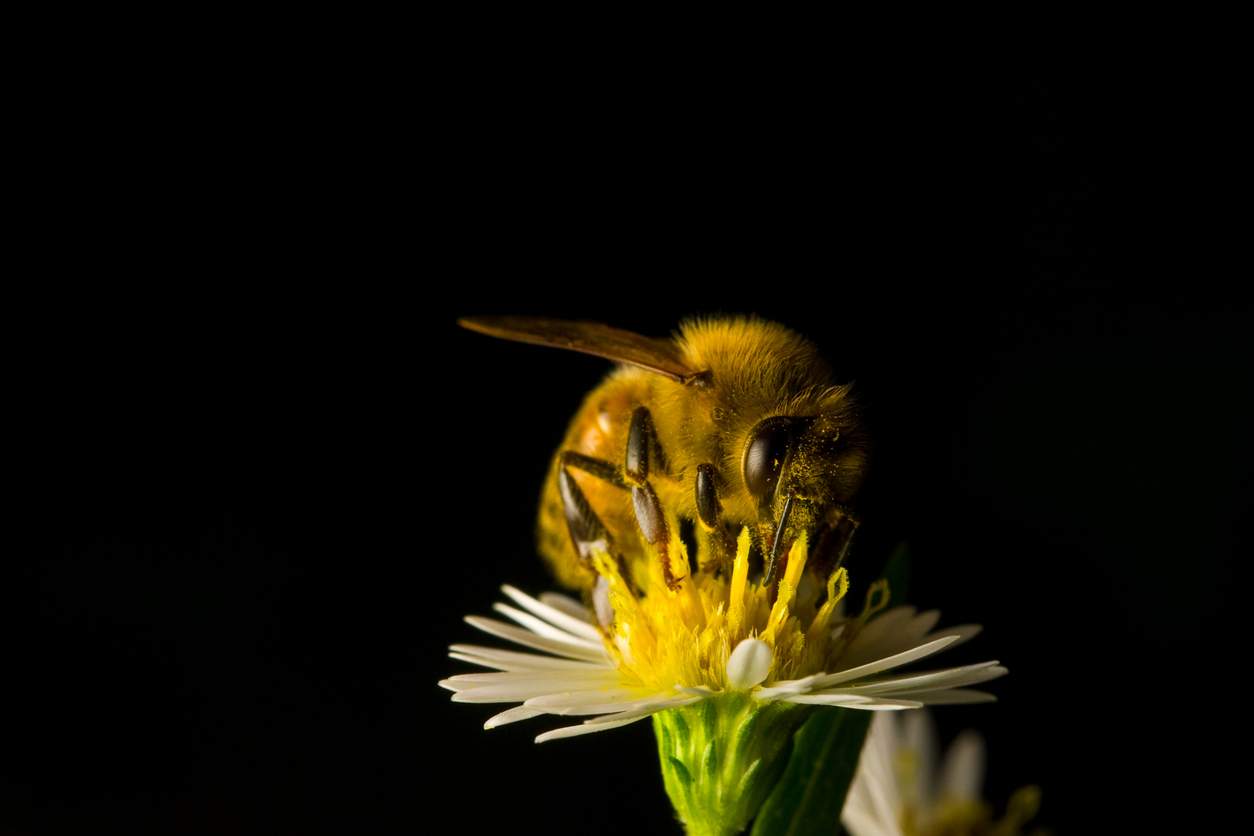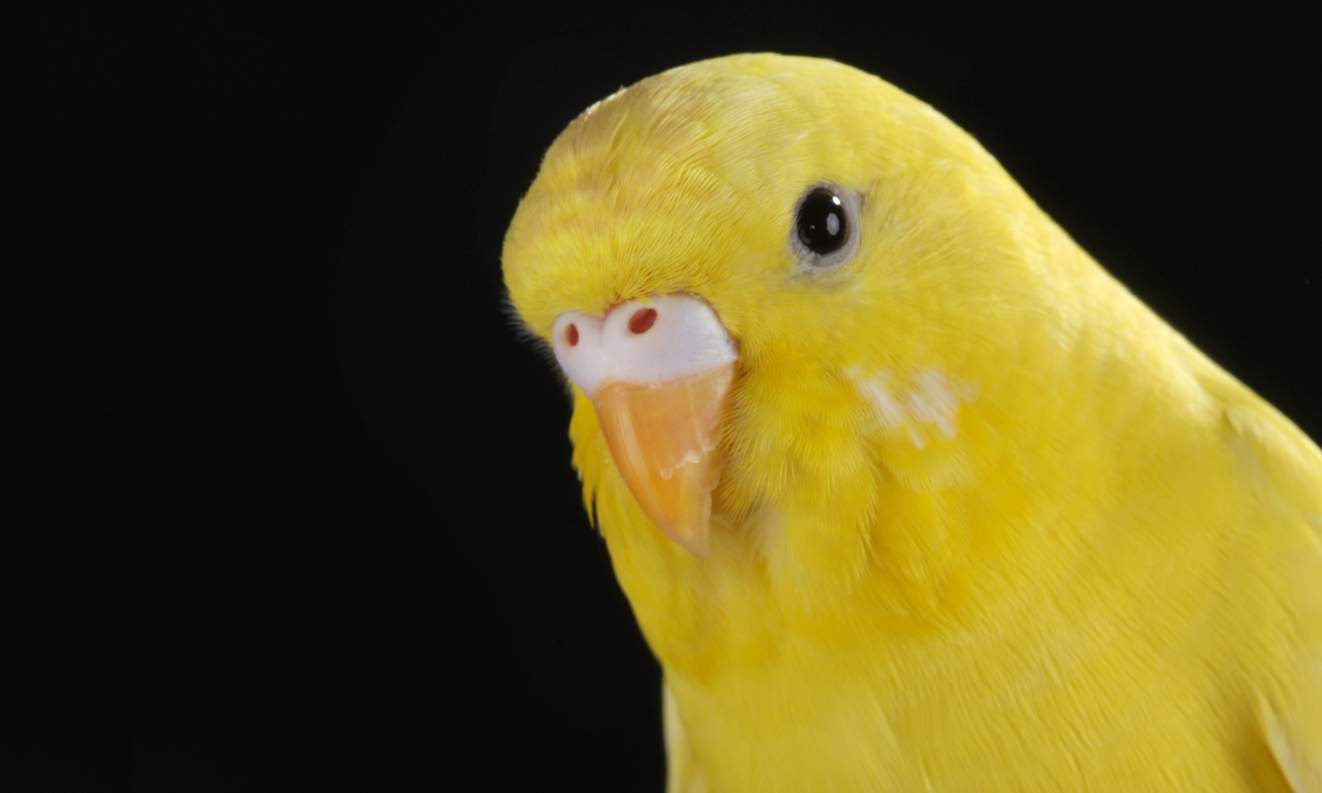To coin a phrase
After 100 years of manned aviation, unmanned aircraft are being introduced into the national airspace system. However, when you remove the pilot, you also remove the ability to see and avoid other aircraft. Looking forward is often about looking back and, just as the Wright Brothers did before him, Professorial Research Fellow Professor Mandyam Srinivasan, Head of the Neuroscience of Vision and Aerial Robotics laboratory at the Queensland Brain Institute (QBI), draws inspiration from nature.
“I should invent a new term to describe what we do,” says Professor Srinivasan.
“It is not quite biomimicry because we are not slavishly copying everything an insect or a bird does, or copying the way they are built in fine detail. We absorb the general principles of these animals’ systems and then realise the musing off-the-shelf equipment. We are ‘bio-inspired’.”
Bio-inspiration does not extract or harvest from nature; rather, it consults nature.
“For example, bees do a beautiful thing – they adjust their speed based on the world around them.”
Bees keep the image of the world moving at a constant rate so that, for example, when they come in to land, they have automatically slowed down, without measuring their speed or the distance to the ground or doing any of the other things engineers would ordinarily do.
“We don’t want to completely copy the animal because, quite often, an animal can be designed for various purposes and that design may not be optimal for our purposes,” Professor Srinivasan says.
“But, what we can do is take inspiration from that beautiful autopilot for a soft landing, develop an algorithm and apply it to an off-the-shelf quadcopter unmanned aircraft, which can mimic some of the behaviours of bees, and use it to make the unmanned aircraft automatically slow down to make a smooth landing.”
Bio-inspiration.
Bio-inspired collision avoidance
Professor Srinivasan and his lab are not the only ones who are bio-inspired. Boeing, the world’s largest aerospace company, is collaborating with Professor Srinivasan in the hope of applying bio-inspiration to aircraft.
“We initially started working with Boeing in a minor way when we were developing algorithms based on how bees use their vision to navigate,” Professor Srinivasan says.
Bees measure how far they have flown using a visually driven odometer; they are a completely self-contained system. Boeing was interested to see if some of this bee visualisation could be combined in a novel navigation solution that assured a navigation solution in challenging environments.
And then the opportunity arose for Professor Srinivasan and Boeing to collaborate on research about mid-air collision avoidance.
Computer vision can enable an unmanned aircraft to detect and avoid other aircraft, as well as enabling an unmanned aircraft to navigate through unmapped or dynamic complex environments. Existing technologies for ‘detect and avoid’ collisions are still in an early iteration, and this research may enhance their capability into the future.
Beyond just wanting not to crash and damage their unmanned aircraft, unmanned aircraft operators must avoid collisions with people, property and other vehicles.
"More and more aircraft are populating our airspace and, with improvements in unmanned and autonomous technology, there will be an increase in the number of unmanned aircraft sharing the airspace,” Professor Srinivasan says.
“These aircraft are going to have to act independently of each other and come to a mutually compatible solution when aircraft confront each other.”
Extrapolating from his work with bees, Professor Srinivasan started working with budgerigars, another small-brained animal, but with the remarkable ability to fly through complex environments at incredible speed, rarely colliding. While it can be assumed that birds have established basic rules and strategies to minimise their risk of collision, surprisingly little is known about how they do it. Past studies, including work by Professor Srinivasan’s team, have focused on how birds avoid obstacles, negotiate narrow spaces, or maintain their position within a flock. But no previous studies had specifically looked at what happens when two birds fly towards each other.
This is where Professor Srinivasan focuses this work, which is funded by the Australian Research Council and Boeing, with the Queensland University of Technology as a co-investigator. In his most recent series of experiments, his laboratory released pairs of budgerigars from opposite sides of a flight tunnel to look for general strategies they might use so as not to collide.
Video credit: Dr Ingo Schiffner, The University of Queensland
Their preliminary analysis shows that the birds always veer to the right and maintain a specific altitude to avoid head-on collisions. He also found that collision avoidance does not depend on the direction of flight, ruling out the possibility of an internal compass.
“It’s ridiculously simple; in hindsight it seems so obvious.”
Srinivasan lab: key milestones
1988: Discovery of how bees navigate safely through narrow passages
1995: Discovery of how bees control their flight speed
2000: Discovery of how bees use their vision to orchestrate smooth landings
2000: Discovery of how bees use their vision to estimate how far they have travelled
2003: Discovery of how stealthy dragonflies camouflage their motion while tracking intruders or prey
2010: Implementation of insect-inspired methods for stabilising the flight of a fixed-wing aircraft
2014: Implementation of insect-inspired visual guidance algorithms to achieve a fully autonomous flight mission – including takeoff, cruise, aerobatic manoeuvres and landing
2014: Discovery of wingspan awareness in birds
2016: Discovery of anticipatory collision-avoidance manoeuvres in birds
2016: Implementation of vision-based collision warning system in a drone
(Photo credit: istock/jeff1farmer. Photo and video credits for opening page: Dr Ingo Schiffner, The University of Queensland; words by: Justine Gannon; infographic by: James North)

